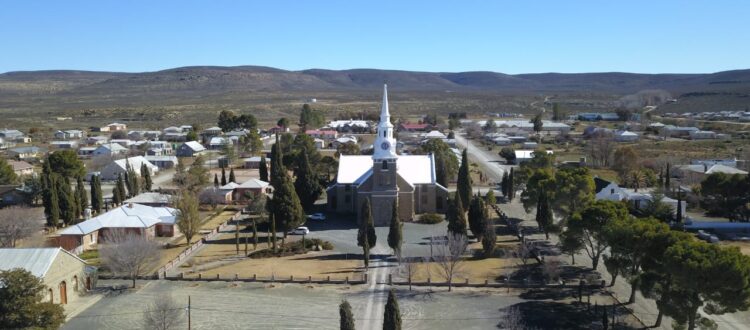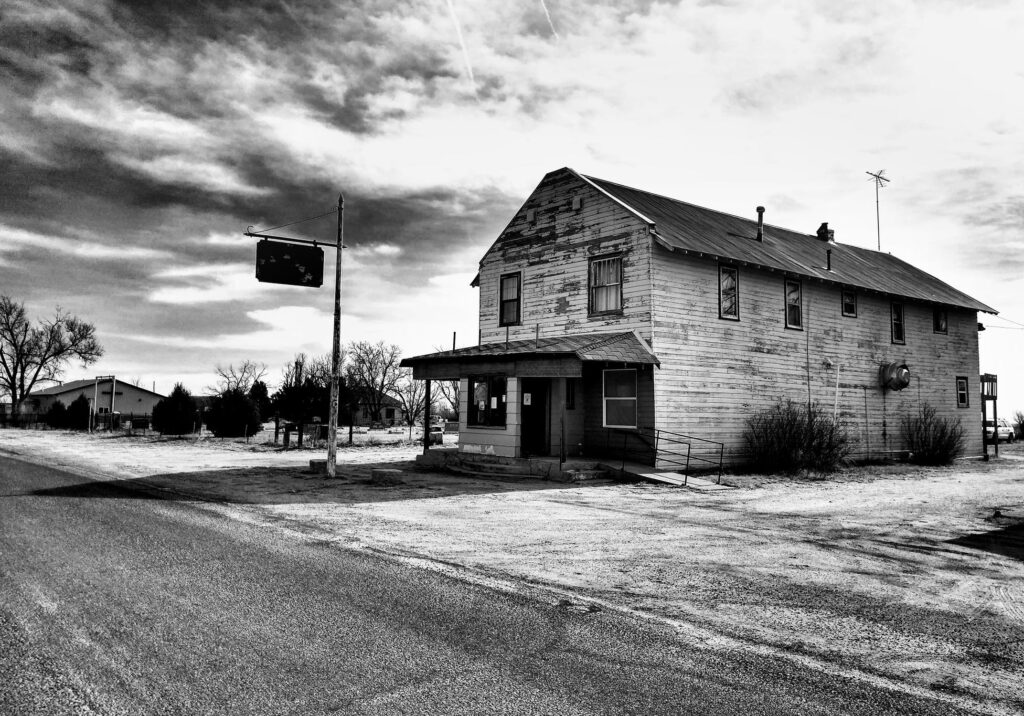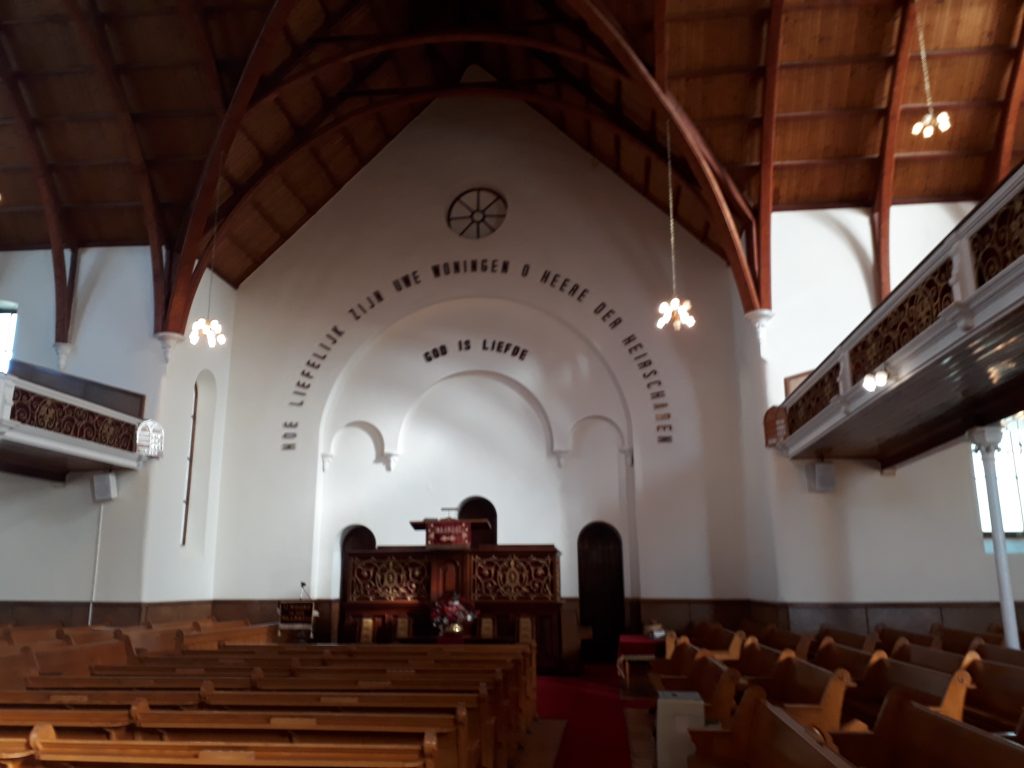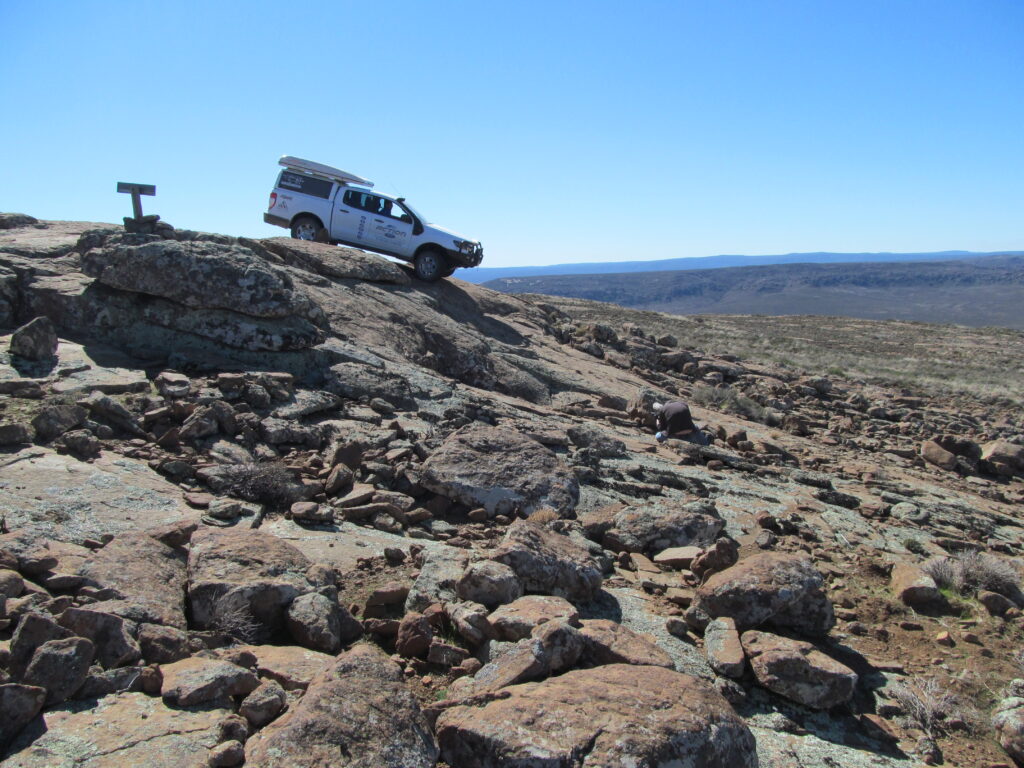Places of Interest
Stuff to Do, Places to Go
Architecture
Sutherland’s pioneers quarried the area’s distinctive grey stone for many of their buildings and architectural features, such as walls, gateposts and reservoirs. Building methods varied from dry packed stone to large dressed blocks, set in pointed mortar.
Together with the use of corrugated iron roofs, the stone walls give the town a textural, earthy appeal while the later addition of stoeps (verandas) in timber or steel adds a delicate touch to the otherwise sturdy houses.
Early photos of the town show that most buildings were gabled in the Cape Dutch fashion. As the Victorians swept in, gables and thatch or clay roofs went out of fashion, to be replaced by verandas and corrugated iron roofs. The remains of stone walls and other stone buildings are dotted around town, giving Sutherland its warm, rustic character.
A walking tour of the town will take you past most of the architecturally prominent buildings
Graveyards
Sutherland’s graveyards are valuable for the history they represent, as well as for their unique gravestones, etched with handmade sandstone tools.
War graves from the Anglo Boer conflict are in the English graveyard. One of the curiosities here is a soldier named on two gravestones. He received a communal burial after drowning in a flash flood during the war. Later, the British government awarded him a military cross which was placed in the graveyard in his name. A number of other war graves are scattered on farms around the district, including several unmarked graves dating from that time.
Forts and Blockhouses
The Anglo Boer War left a wake of forts and blockhouses. One such is Rebelskop, a hill topped by the ruins of a fort and named after a Boer division of 200 men that opposed the British forces. Under Commandant Abraham Louw, and reinforced by a further 50 men under the command of Albert Smith from Fraserburg, the rebels rained gunfire into the British-occupied town for 10 hours in a mini-siege.
Other ruins are still visible on the road to Salpeterkop and on the farm Gunsfontein. Here two blockhouses stand on opposite sides of a cliff, guarding a pass. Although most blockhouses are not open to the public they can be viewed from outside.
Museums, Memorials and Monuments
The main entrance to the town is marked by a memorial to the Voortrekkers, the colonists who opened up much of South Africa’s interior, in celebration of the 150th anniversary of the Groot Trek.
The town’s only museum, the Louw Huis or Louw House, houses artefacts belonging to the family Louw – a famous name in South African literature. The house was the birthplace of NP Van Wyk Louw and his brother WEG Louw.
Stargazing
Jurg and Rita Wagener developed an 8 ha smallholding called Sterland (Starland) where they now have regular stargazing sessions almost every night in an open muisbos enclosure.
They also do a monthly Stargazing cession called “Stars to Midnight”, the first weekend after New Moon with lectures about Astronomy. This event is on a Friday and Saturday. Booking is essential in both cases as we can only allow a limited number of visitors. A special lecture room called “Die Dam” is there for the stargazing lectures with lots of info about stargazing.
At Sutherland Planetarium you can also enjoy evening stargazing with a professional guide and at Blesfontein Guestfarm with Nicol. An Amateur astronomer for 20 plus years.
In addition to astronomy you can come and relax and enjoy a 3D full dome space and astronomy show at Sutherland planetarium.
At the SAAO, only at the visitors centre, evening stargazing are also available, with a professional guide.
BUT NO STARGAZING THROUGH SALT. ONLY AT VISITORS CENTRE WITH 14″ AND 16″ CELESTRON TELESCOPES AND GUIDES.





